The terms "determinate" and "indeterminate," indicated by producers on tomato seed packets, can puzzle even experienced gardeners. Progress never stands still and occasionally surprises us with new and unexplored concepts.
Meanwhile, behind these unusual names and characteristics lie familiar concepts and processes. Let’s answer the most common questions from beginner or simply curious and creative gardeners about tomato varieties.
Table of contents
Key Differences Between Varieties
Understanding the distinction between these types of tomatoes will help you choose from their many varieties the one that best meets your needs and expectations.
What "Determinate" and "Indeterminate" Mean
All plants with growth limitations fall into the determinate category. In contrast, tall-growing varieties are called indeterminate.
Determinate tomatoes are varieties that grow to a maximum height of 70 cm and stop growing once a fruit cluster forms at the end of the main stem. Further development occurs on side shoots (suckers).
What are indeterminate tomatoes? The fruits of these plants grow along the central stem, which can reach 2-4 m in height.
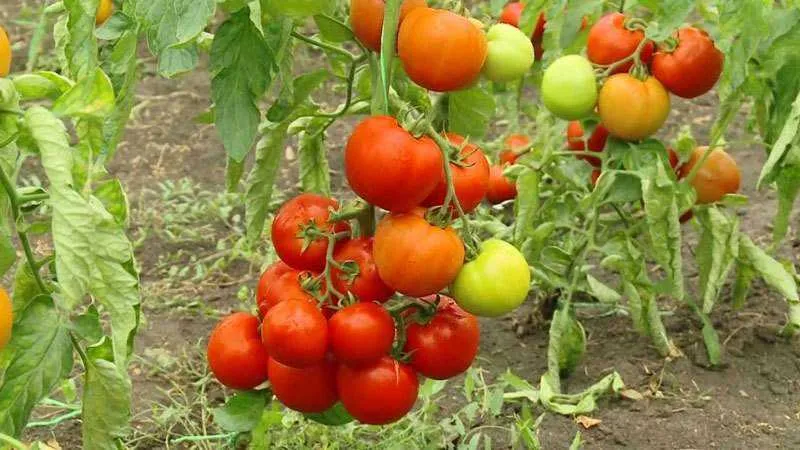
Identifying Varieties at All Growth Stages
This question is relevant if seeds or seedlings are gifted to you by a friendly neighbour, and you’re unsure which category they belong to.
Seeds
At the seed selection stage, you’ll have to trust the producer: the packet includes a description of the variety. Gardeners often prefer hybrid varieties. Hybrid breeding specifically targets certain traits, making them more resistant to common diseases and better adapted to specific climatic conditions compared to pure varieties.
Seedlings
The first sprouts already reveal their type. The height of the stem from the root to the cotyledon in determinate tomatoes is 1-2 cm, while in indeterminate varieties, it’s up to 5 cm.
Mature Plants
Stem length isn’t the main distinguishing feature of a mature plant. Some determinate varieties are tall and intended for greenhouse cultivation. Conversely, indeterminate bush varieties may be compact.
The key indicator is the plant’s shape. A formed cluster at the top of the stem and simultaneous development of multiple flower clusters indicate a determinate tomato. Indeterminate varieties produce fruit clusters along the entire central stem.
Growing Considerations
These characteristics are crucial, as they largely determine the success of your future harvest.
Placement in a Greenhouse or Garden
Indeterminate tomato varieties are best suited for tall greenhouses (up to 2 m). With a long fruiting period, they yield crops for most of the year.
Important! Regular greenhouse ventilation ensures optimal pollination conditions and prevents blossom drop.
Determinate and compact bush-type indeterminate tomatoes are better suited for open-ground cultivation.
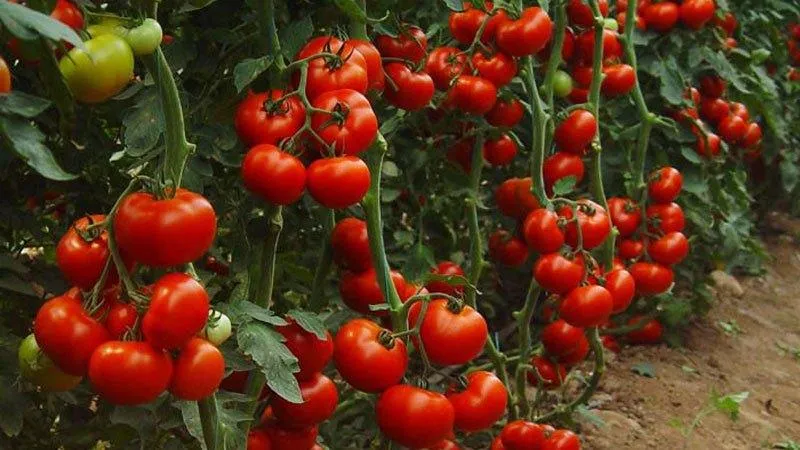
Seedling Care
Mistakes in planting timing or placement, or neglecting proper care, can drastically reduce your harvest.
Sowing Time
Tomatoes are typically started as seedlings before transplanting. Indeterminate varieties should be sown in early March. After 65-75 days, the seedlings are ready for transplanting.
Determinate varieties are sown in late March, with seedlings maturing in 55-60 days.
Important! The optimal soil temperature for transplanting tomatoes is at least 15°C.
Suckering (Pruning Side Shoots)
Removing non-fruiting branches (suckers) between the leaf base and the main stem is essential. This technique directs the plant’s energy toward fruit production, improving yield.
Indeterminate varieties require more frequent suckering than their low-growing counterparts. Remove excess shoots every 10 days throughout the growing season. Break off suckers carefully, leaving a 1-2 cm stub. Then, shape the plant by either keeping only the central stem or selecting the most vigorous sucker as the main stem.
Important! If using a sucker as the main stem, pinch the original stem after fruit clusters form to halt further growth.
Determinate tomatoes don’t overproduce foliage, simplifying pruning. Since the first three clusters bear most fruit, pruning accelerates their ripening. Remove all suckers below the fruiting branch, but leave the lowest two to prevent stunted growth. This "three-stem" method is recommended for determinate varieties.
Important! Pruning is most effective when suckers are removed before they exceed 7 cm.
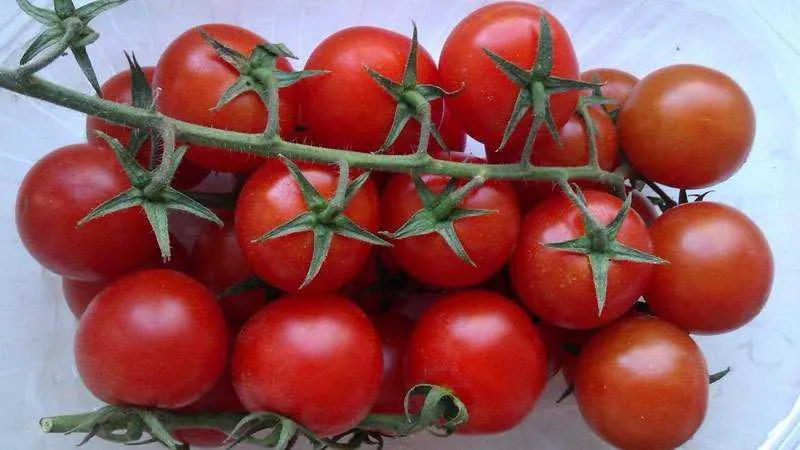
Advantages and Disadvantages
Understanding these differences helps you choose the best variety for your growing conditions, maximising yield.
| Indeterminate Varieties | |
|---|---|
| Pros | Cons |
|
|
| Determinate Varieties | |
| Pros | Cons |
|
|
Which Type to Choose
Greenhouses are ideal for indeterminate tomatoes. Plants trained to a single stem and spaced 50 cm apart in a staggered layout save space. Keep rows at least 65 cm apart.
Determinate tomatoes, whether grown outdoors or in greenhouses, spread widely and need ample space. Space plants 80-90 cm apart in rows at least 1 m wide.
Important! All tomato types require staking once they reach 45 cm in height.
A sturdy support prevents stem breakage and ensures good airflow. Combined with soil loosening and hilling, proper staking helps prevent fungal diseases.
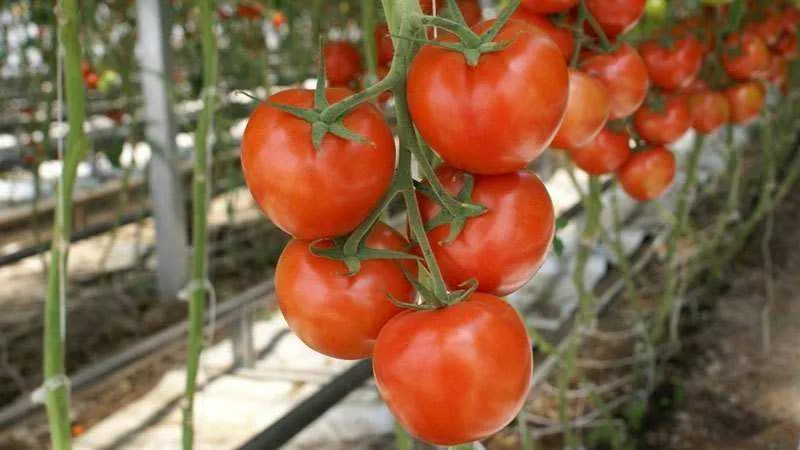
Top Varieties for Home Growing
Experienced gardeners often recommend these popular varieties for each type.
| Determinate | |
|---|---|
| Open Ground | Greenhouse |
| Roma Alfa Tiny Tim Golden Nugget Red Robin Honey Plum |
Alicante Gardener’s Delight Moneymaker |
| Indeterminate | |
| Open Ground | Greenhouse |
| Brandywine Cherokee Purple Black Krim San Marzano Beefsteak All bush varieties |
Sungold Black Cherry Green Zebra Yellow Pear Mortgage Lifter |
Regional Selection Tips
When choosing a variety, consider not only taste and yield but also your local climate. Mistakes here can jeopardise your harvest.
Indeterminate tomatoes are prized for high yields, but they ripen a month later than determinate types. In warm, moderately humid climates like southern Europe, they thrive outdoors or in greenhouses. In cooler regions like Scandinavia or the UK, greenhouse cultivation is preferable.
In northern areas, bush varieties may be the only viable option. Compact, with thick stems, they withstand variable weather and need minimal care. These plants don’t require staking or intensive pruning. Early fruits ripen by late June and store well.
Most determinate varieties adapt to open or protected growing. They perform well across Europe, but in short, cool summers, greenhouses are advisable.
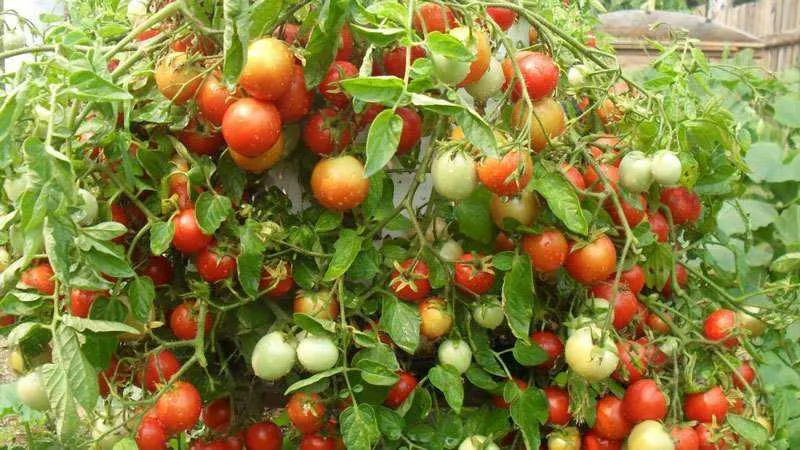
Tips for Beginners
Essential tomato care guidelines:
- Choose varieties based on goals: early harvest (determinate) or prolonged yield (indeterminate).
- Select planting locations considering variety traits and local climate (greenhouse or open ground).
- Prune and stake indeterminate tomatoes regularly as they grow.
- Fertilise determinate varieties during flowering, fruit set, and ripening.
- Maintain greenhouse ventilation to regulate temperature and humidity.
- Water at the base, loosen soil, and hill plants to boost health and disease resistance.
Conclusion
Staying updated on horticultural innovations and mastering key terms is a point of pride for any gardener. For beginners, it’s also crucial for a successful harvest.
Without understanding each variety’s unique needs, your garden might struggle. Create the right conditions for your plants, and enjoy the fruits of your labour!







